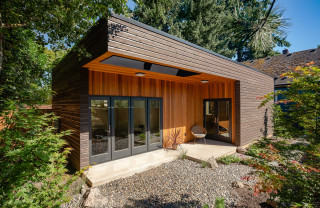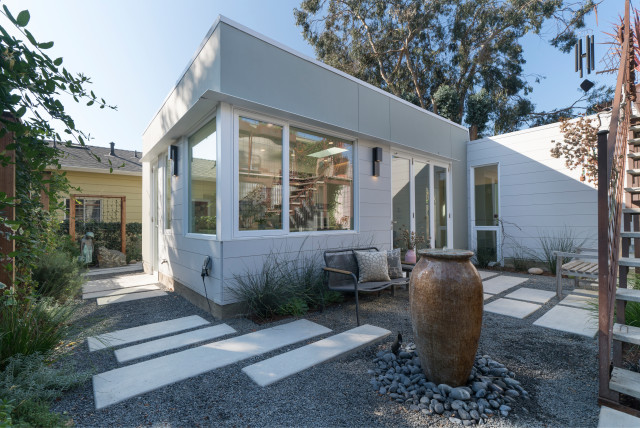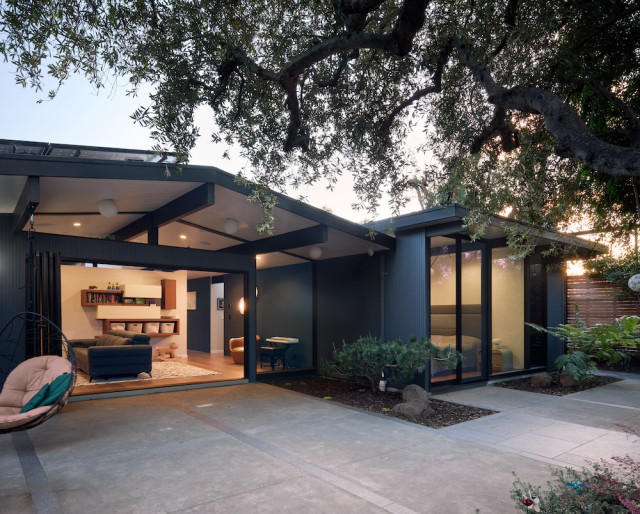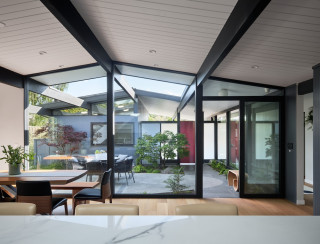The homeownership rate for multigenerational households surpassed that of all other family household types in 2022 and now stands at 74.2%, exceeding the homeownership rate of other family households of 73.9%. Just a decade ago, the homeownership rate for multigenerational stood at 69.3%, second to other family households at 71.3%.
Multigenerational households are defined by the Census Bureau as households with three or more generations living together. In this post, NAHB used the American Community Survey (ACS) 1-year estimates from 2012 to 2022 to estimate the homeownership rates (which is calculated as the total number of owner-occupied units divided by the total number of applicable households) for different household types.
In 2012, the homeownership rate for multigenerational households stood at 69.3%, 2 percentage points (pp) below the 71.3% homeownership rate for other family households. The gap in homeownership rates between these household types remained with higher rates for other family households until 2021. By 2022, the gap inverted with 74.2% of multigenerational households owning homes versus 73.9% of other family households. This represents about a 5 pp increase in homeownership rate for multigenerational households over the decade compared to a 2.6 pp increase for other family households.
The primary factor that explains the rise in the multigenerational household homeownership rate is the availability of more capital during the period of low interest rates in 2021. While the median family income for multigenerational households consistently exceeds that of other family households’ income due to resource pooling, this difference has widened over time. For example, real median income for multigenerational households and other family households in 2012 were $63,643 and $62,633, respectively, with a difference of about $1,000. By 2022, this difference widened almost twelvefold to $11,778, with multigenerational households earning $103,501 and other family households earning $91,723.
Changes in family structure can be ruled out as a factor in this difference as the average household size has remained constant over the decade with an average of 5.1 people per multigenerational household, of which two are working members, while other family households have had an average of 3.1 people and 1.5 working members. This suggests that the income per person in a multigenerational household has been rising faster than other family households.
Income pooling has also buffered multigenerational households through rising home prices despite the higher prevalence of these households in more cost burdened areas. The chart below shows a strong correlation between the owner housing cost burdens and the incidence of multigenerational households. States with larger shares of housing cost burdened households (those that spend more than 30% of their income on housing) also have the higher shares of multigenerational households.
The faster growing income of multigenerational households also helped them afford more expensive homes in recent years, compared to other family households. Looking at homeowners that moved into owned properties within the year (as a proxy for recent homebuyers), the median home values for multigenerational households have gone from $165,000 in 2012 to $400,000 in 2022. In comparison, the median home values for other family homebuyers went from $180,000 to $380,000. In other words, multigenerational households now pay $20,000 more for a home. However, because they have a higher pooled household income, their estimated home price-to-income (HPI) ratio remains lower than that of other family households.
To conclude, the rising homeownership rate among multigenerational households highlights their financial resilience and adaptability in the face of changing economic conditions. Despite living in less affordable states, these households leverage their pooled incomes to navigate higher home prices effectively. The significant increase in their median income over the past decade has enabled them to capitalize on favorable mortgage rates and propel their homeownership rate to a new decade high.
Footnote:
Discover more from Eye On Housing
Subscribe to get the latest posts sent to your email.





